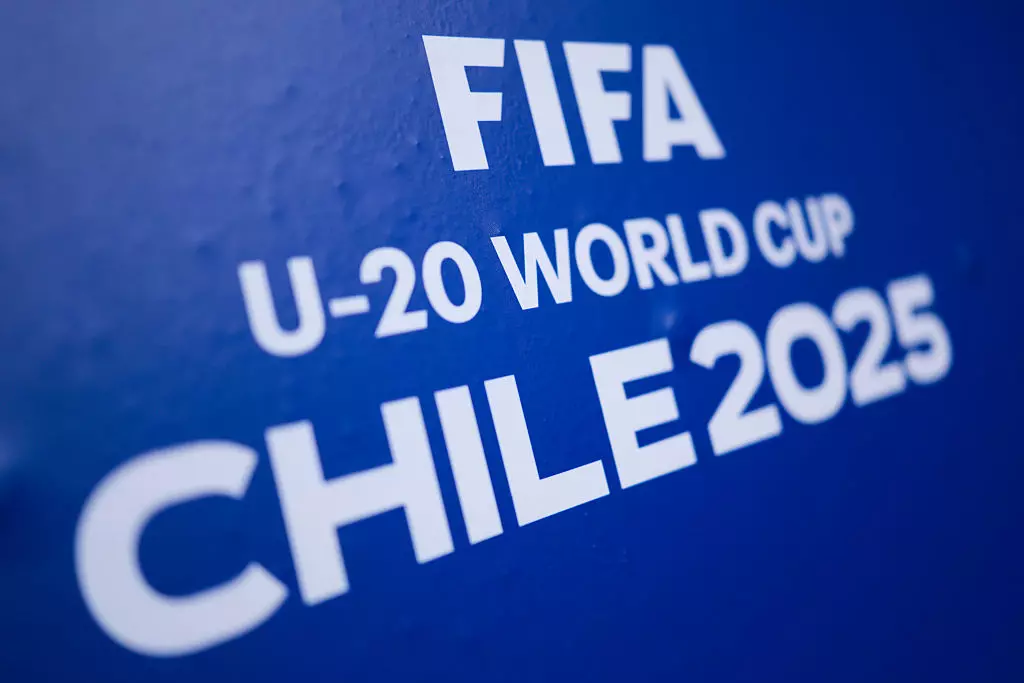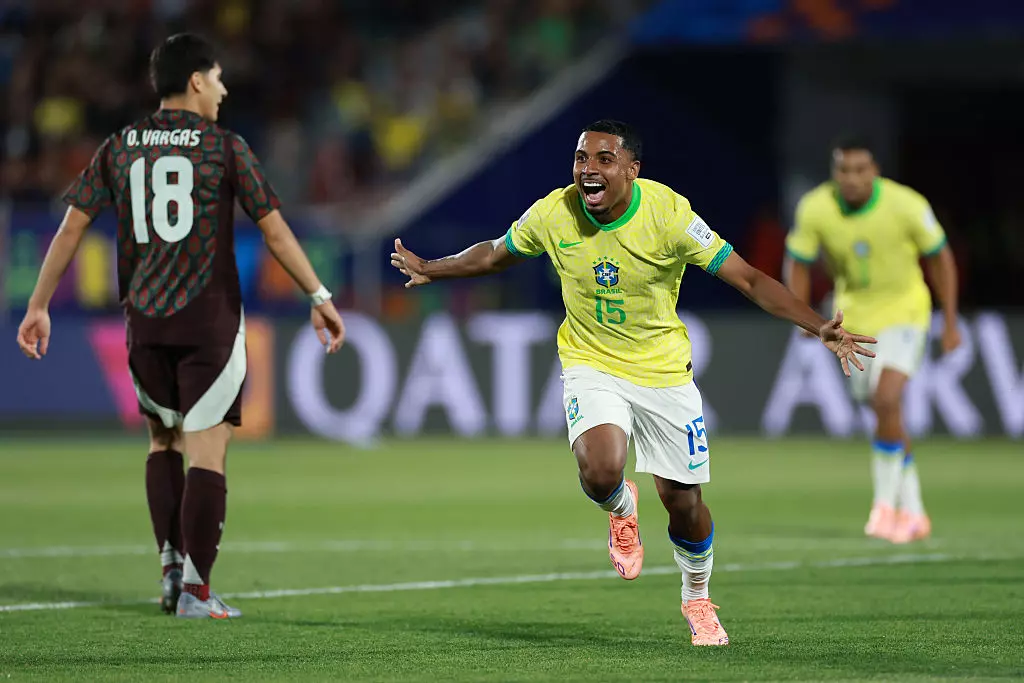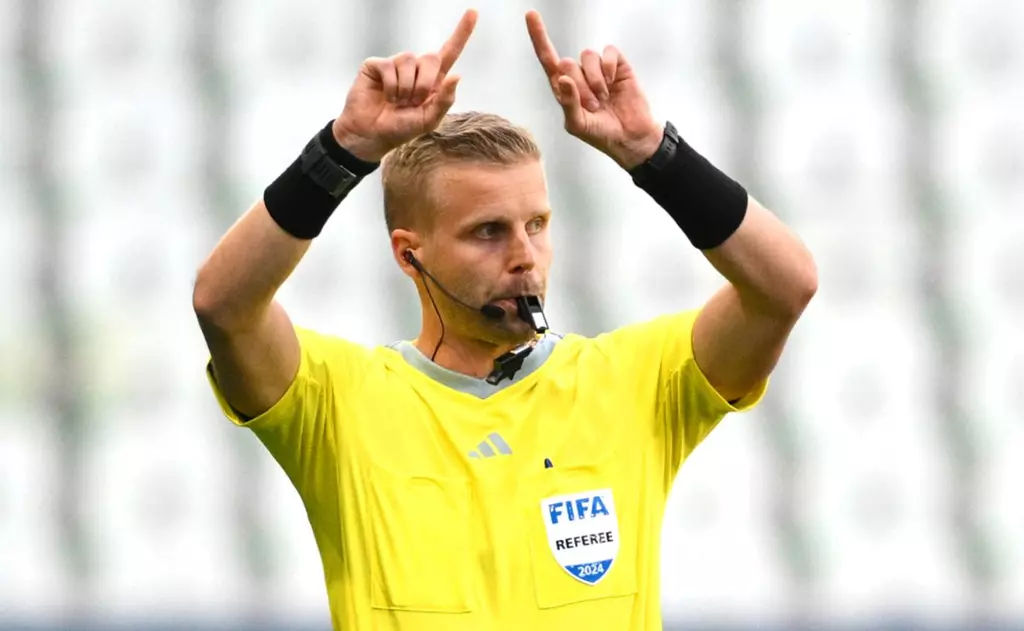
The Future is Now: 3 Things to Know as the 2025 FIFA U-20 World Cup Kicks Off
The global stage is set for football's next generation of superstars as the 2025 FIFA U-20 World Cup officially gets underway in Chile. This prestigious tournament has historically been the launching pad for legends, and this year's edition promises a thrilling spectacle of youthful talent, passion, and innovation. From the fervent atmosphere of the host nation to the rising stars eager to make their mark, the competition is already buzzing with excitement. As the opening matches conclude, here are three essential things you need to know about the most important youth football tournament on the planet.

Chile provides a passionate and vibrant backdrop for this year's tournament. Returning as host for the first time since 1987, the nation's deep-rooted love for football is palpable in the host cities of Santiago, Valparaíso, and Concepción. The opening ceremony at the iconic Estadio Nacional was a dazzling celebration of Chilean culture, setting an electric tone for the competition. Fans have turned out in massive numbers to support not only their home side, 'La Rojita', but to witness the global talent on display. The South American atmosphere, with its loud chants, rhythmic drumming, and seas of colorful jerseys, guarantees that every match will feel like a final. This intense environment will be a true test of character for these young athletes, separating those who can handle the pressure from those who will crumble.
Photography Glenn Carstens-Peters

This tournament is a scout's paradise, and several players have already been earmarked as potential breakout stars. Keep an eye on Argentina’s midfield maestro, rumored to be the 'next Enzo Fernández,' whose vision and passing range have already drawn comparisons to the World Cup winner. Brazil, as always, brings a squad brimming with attacking flair, led by a lightning-fast winger from the Flamengo youth academy. However, don't discount the European powerhouses. France’s towering central defender combines physical dominance with an elegant ability to play out from the back, while Spain’s technical midfielders look to continue the nation’s tradition of tiki-taka dominance. The golden boot race is wide open, and these are just a few of the names expected to light up the tournament and secure big-money transfers in the near future.

Beyond the players, the U-20 World Cup is often a testing ground for new footballing rules and technology. This year, FIFA is trialing an enhanced version of the semi-automated offside technology, promising even faster and more accurate decisions to minimize controversial calls and lengthy VAR delays. Another key point of observation is a new concussion substitute protocol, which allows teams to make an additional substitution if a player is suspected of having a head injury, without it counting against their allotted number. This player-welfare-focused initiative is being closely monitored for potential implementation in senior competitions. These innovations not only impact the flow and fairness of the games in Chile but could also permanently shape the future of how football is played and officiated at the highest level worldwide.